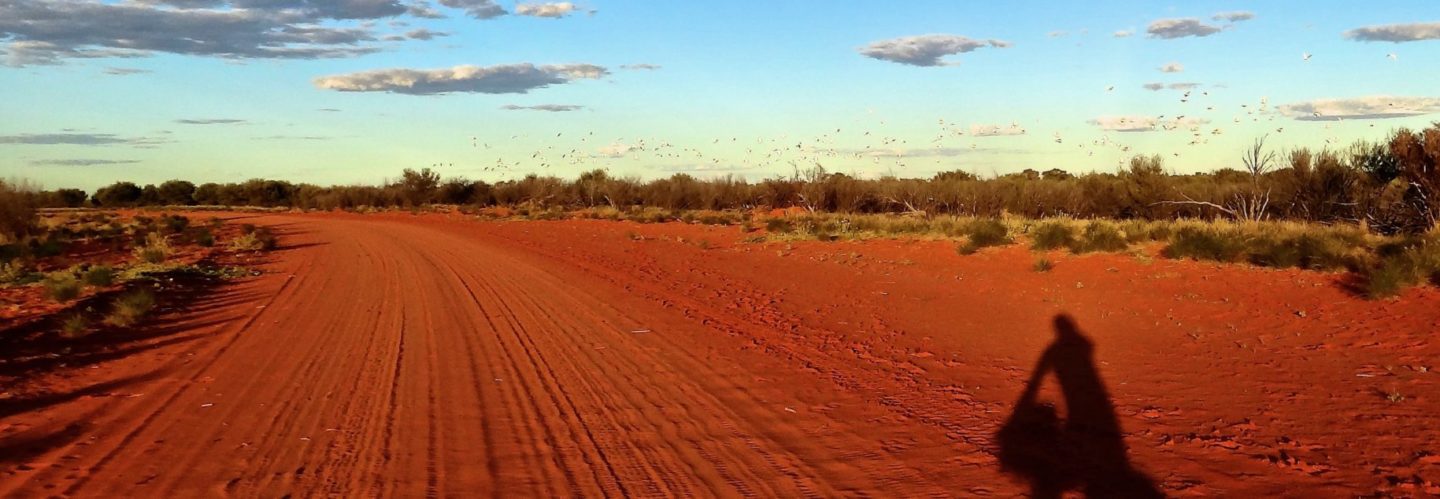Today was a special day: thanks to Richard who was willing to drive on the Salar de Uyuni even there was 5-10cm of water, we were allowed to see a marvellous scenery: there was no horizont, as everything was mirroring into the Saltlake. Just unbelievable!
So as Richard decided to try to reach the Isla Incahuasa (“where Incas are living”) or as well called Isla Pescado (“Fish Island”, as ist shape look like a fish from the air), we could even enjoy that special place where Cactus are growing since more than 1000 years. The cactus wood is often seen here around in old places like churches or for doors. We could enjoy the viewing from the Island, before heading to the salt museum at the exit (for us) of the salar. On the way to it, we were allowed to stay or surf on the roof of the car…where you get the feeling of being on a boat as well on a plane. Very impressive and taking any king of stress away, like if time would stop. The salt lake is as well impressive as it looks like ice…but is very rough and not slippery at all!
Then we saw a guy standing on the roof of ist car and waving: his battery was dead and he had passes all the night on the salar, without a sleeping bag or some blankets…Richard lend him one of his two battery to start the engine and put it then back to continue the trip.
Arrived at the salt museum, Richard prepared again the lunch, while we could walk around. Many many tourists (like us) playing all around with the mirroring lake, eating their lunch (you can just add the salt from the salar if necessary) and looking in the “museum”: a few Altiplano statues made of salt. A kind of inca arts, on which one can nicely see the changing layers of mud and salt. Those are coming from the season: during the Bolivian Summer, rain dissolve the salt and all the mud/dust (from wind & cars) is falling down while the salt remains in solution in the water. When “winter” (the dry season) arrives, the water evapores and the salt is crystalized. The best way of purifying a substances….remebering some hours at the university 😉
After the museum, we headed towards Uyuni and its sanctory for old vapor locomotives. To be honest: it is more in eyes a metall depository…from which you could build new train or busses!
In Uyuni we changed car and driver as Richard needed to clean the car (after all that salt, especially on the exhaust) and some sleep. As we were late (2h) I just had time to check if there was a stove to buy, but no shops had one.
Joaco and Josu were heading from here to Potosi, so it was time to say goodbye… Hope they are doing very well and will not fall into the tricks of the few bad people (never board a taxi at a bus station; never enter a taxi because a police officer tells you to do it but walk to the police station; in case of doubts, use the word Auxillario for help and get loud to attract passant thanks Gérard for that input!)
The first 50km of the road were ok (more or less flat mud), as it was the one in direction of Chile, going first to the south and not following directly the train. Even rain was coming from time to time, we could drive quite fast. We stopped in San Cristóbal for a few minutes, which we used to have a glance at a market place and the people celebrating the day of the Mine Virgin, as all the town is dependant from the heavy metal (Pb, Sn, Ag…) mine. I guess we had as well to take something more, as those tours are used for mail/post delivery as well. If you think that there are about 100 cars reparted on four days, you have a good working net…and about 20’000km done daily.
After Villa Alota, we turned to the left in direction of Villa Mar (Mallcu) where we would sleep. The road condition changed much: from parts with over flooted road to missing half part of it. The rain had showed its power. At one moment, the road was covered by water for about 15m. Drivers here seems to be affraid from driving through water: they try to avoid it as much as possible. As there was no alternative, he had to cross the water, but where? He could not decide, so I went out and walked into the water to show that it wasnt deep at all. Finally he put the 4×4 drive and we could go on.
When we arrived late in the night we drove first to the wrong habitation…we were getting a little bit nerved.
After smashed potatoes and saussages, we could finally go to bed…to wake up at 5 in the morning to drive to the Bolivian boarder, where we will have breakfast.
Monday, 01.02.2010: heaven on earth!
1
Feb
